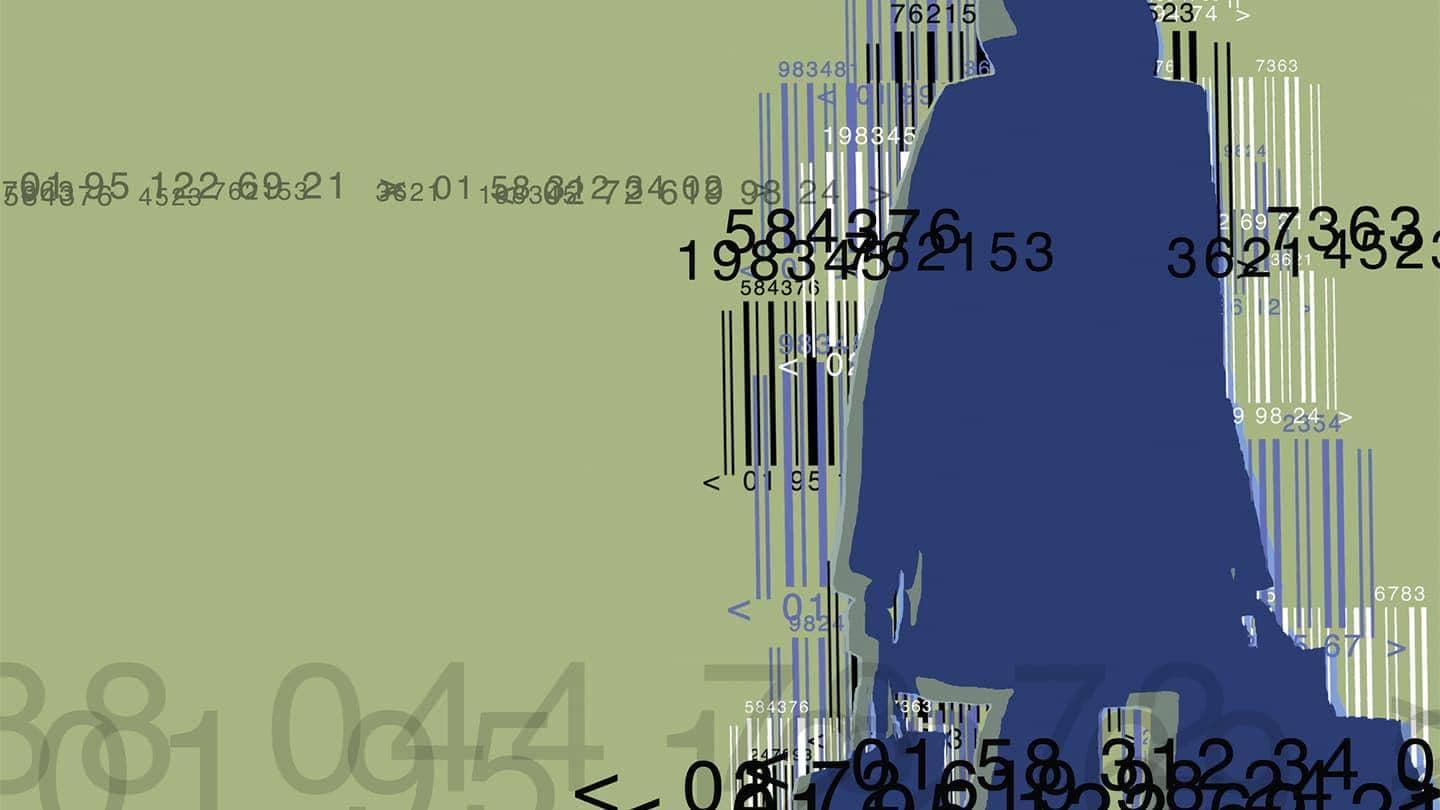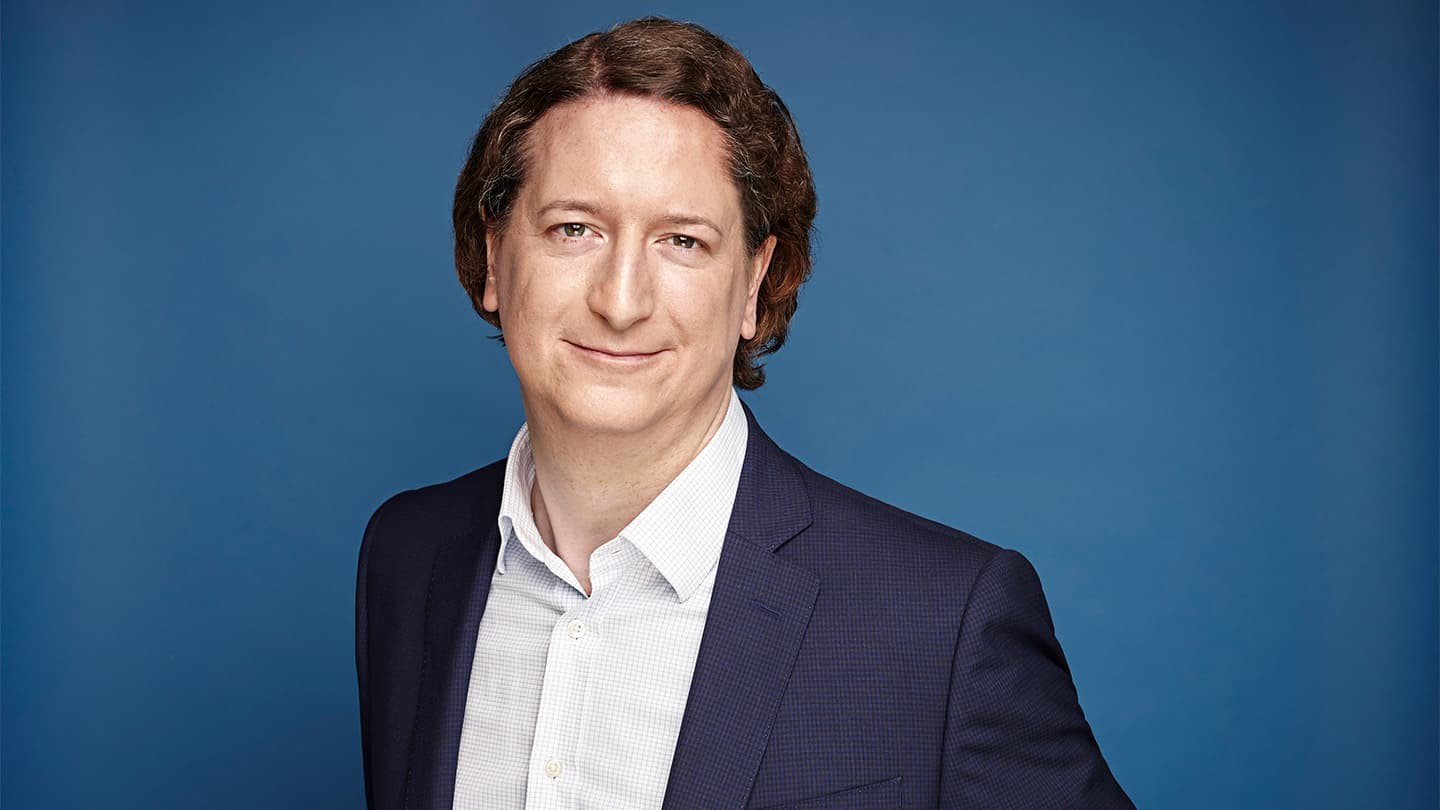
innovation
Insights: how changing customer expectations are driving payment innovation
Nick Kerigan, Managing Director, Future Payments in Barclays Cards and Payments division, shares insights into how technology is shaping customer expectations, what’s driving the next generation of payments – and how payments are “at the epicentre of disruption driven by fintech”.
All of the things we do are driven by the customer, and we’re always thinking about how our customers are going to use our solutions. The backdrop for that thinking is that there have been significant changes in the way people and business pay for goods and services. With the rise of electronic payments and decline of cash, the consumer payments landscape has probably undergone more change in the last decade than we’ve seen in the previous thousand years.
That change hasn’t necessarily been surprising. As Bill Gates famously said, we always overestimate the change that will happen in the next two years and underestimate the change that will happen in the next 10. This applies equally to payments. If you think of contactless, which seems to have taken off so fast recently, it’s actually been a 12-year journey, and in the first eight or so years of that there wasn’t great growth in contactless – it was just a logo on a card.
The tipping point was getting contactless onto the transport system in London, which started to grow adoption and usage. Once that happened it started to scale, and now contactless accounts for £6bn of payments a month. That’s also led to a big reduction in cash payments, from 34% of all payments in 2017 to 28% in 2018. That’s a very significant change – a revolution – in the way consumers make payments in the UK. We’re well past the tipping point now.
Part of customer expectations in the payment space is shaped by technology. There’s a virtuous circle at play – as digital technology enables the creation of new solutions, customers expect those solutions to appear in all parts of their lives. We know this because we’re all consumers ourselves. As consumers, we carry those expectations across different parts of our lives – if my electricity company allows me to see and manage my electricity consumption in its app, then why is my bank still sending me paper statements? As we look at future developments in cards and payments we look at all sorts of changes in consumer behaviour, because they all come across into our sector.
Invisible growth
This makes me think that – while mobile payments will continue to grow – “invisible payments” will also gain traction. Invisible payments are when you’ve downloaded an app and stored your payment details, so when you take a service, like a cab, the payment is taken invisibly in the background, without you needing either cash or cards or wallet or any action whatsoever. However, we also have to give reassurance of control over payments and spend through notifications and electronic receipts. So, we’ll see lots of people innovating in different sectors, including financial services, around giving the consumer greater convenience when using a service – and greater control before and after.
The other thing that sits behind these changes in payments is that digital experiences are starting to win in the physical world. By that I mean that the richness of experience you can get on a mobile device is greater than you can get with a simple cash or card transaction. On the merchant side, the terminals in shops today will gradually be replaced by “smart terminals” that look like tablets, and from there you can put more services on those machines. The payment points then go from being hardware to software.
Over the last couple of years, we’ve done two experiments where we’ve developed solutions in invisible payments. The first was Grab+Go, where you shop without checkouts – scanning items, pressing pay and walking out. Then we did Dine & Dash, where we worked with the Italian restaurant chain Prezzo to provide a solution where a customer could walk out having “invisibly” paid at the end of a meal.
What those experiments do for us is allow us to test the merchant and consumer value of the idea. Amazon has Amazon Go, which has gone from a PR launch to three stores to, reportedly, plans for 3,000 stores. UK retailers and fintechs are also understandably interested in the space. We’re taking the time to develop our own solutions – learning through experiments and being able to create future-facing solutions. We want to take a position where we enable consumers with solutions that give them more convenience, and we’ll work with retailers and other merchants to make the most of invisible payments.
Next-gen experiences
The focus of our effort at the moment is around what we call “next-gen experiences” – working with our businesses to identify their priorities, and then exploring, researching and designing potential solutions to address those priorities. Those might be opportunities where we could develop something ourselves, or they might be things where we can work with a fintech to deliver. If you think about the amount of money going into fintech, two-thirds of that is going into payments. We’re at the epicentre of disruption driven by fintech, and that makes it pretty exciting to operate here.

Nick Kerigan, Managing Director, Future Payments in Barclays Cards and Payments division
Need to know
As Managing Director, Future Payments within Barclays’ Cards and Payments division, Nick Kerigan is responsible for driving innovation, collaborating with fintechs and providing new payments solutions for Barclays’ customers and clients. His team has been responsible for designing and developing innovations such as the award-winning Grab+Go and Dine & Dash.
Nick has been with Barclays since 2006 in various digital, market intelligence and strategy roles, including Director of Strategy. He previously worked at the European Bank for Reconstruction and Development and for the Financial Services Authority.
What’s fantastic about all of the effort and all of the money that’s going in to transforming payments is that all of these companies – including many companies we’re linked in to through Barclays Rise sites and the Barclays Accelerator programme – are effectively doing a huge amount of research and development, and testing it with their customers. We keep a very close eye on what different firms are trying to do and what’s getting traction with our customers and clients. Then we have the opportunity to partner with companies who either are creating exciting new solutions or who can enable us to create those solutions. That’s an active agenda that we have and just in our Cards and Payments division we have active relationships with around 30 fintechs at any given time.
We’re actively engaged in the Barclays Accelerator programmes and have sponsored 10 companies, like Flux and Crowdz, through that in the past few years. We work with our businesses upfront even before the process of selection starts, to think about defining “problem statements” of things we need to solve, which allow us to be quite targeted in our own selection of the fintechs we sponsor through the Accelerator. But sometimes it’s the informal conversations we have at Rise that create the most benefit. Having so many fintechs in one place all trying to create the future of finance creates its own energy and buzz.